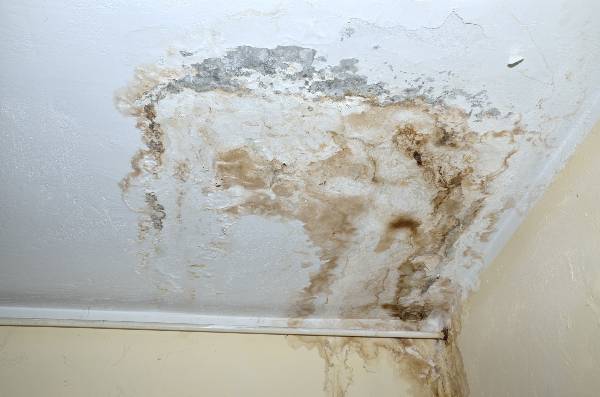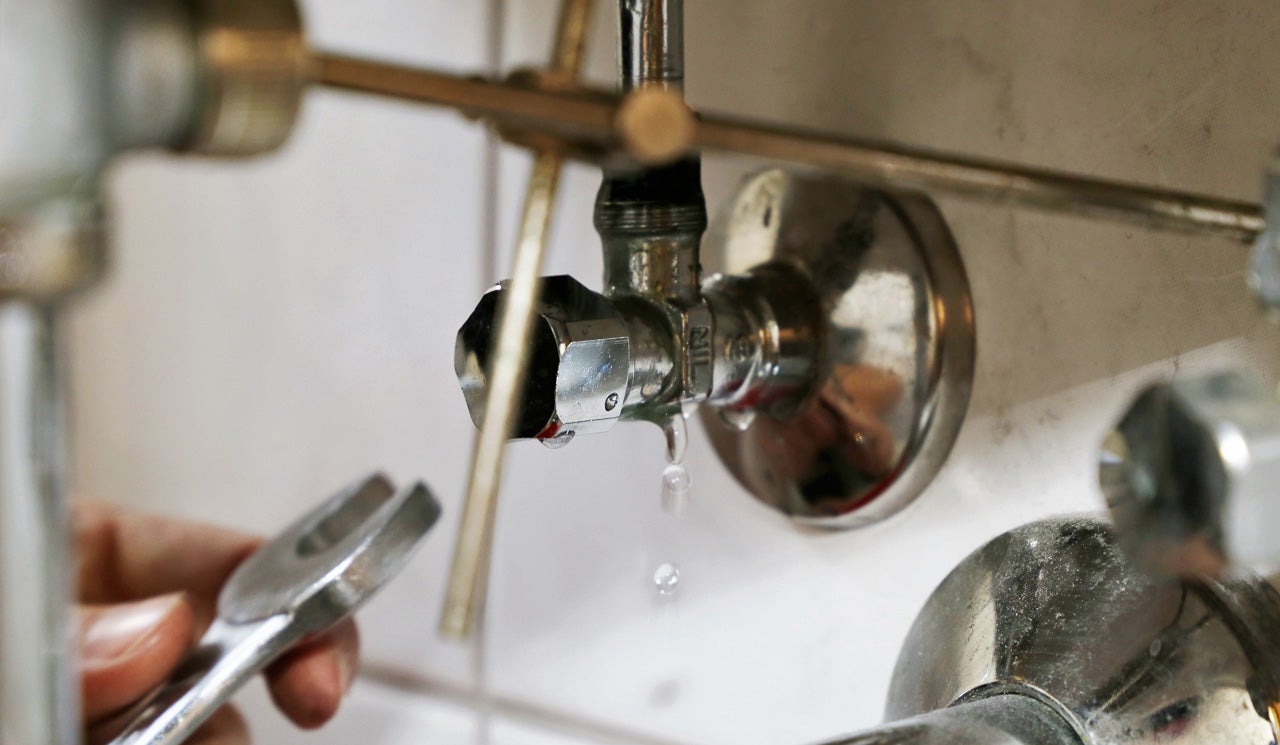Exposing Secret Water Line Leaks: Six Effective Detection Tricks
Exposing Secret Water Line Leaks: Six Effective Detection Tricks
Blog Article
Just about every person may have their unique way of thinking with regards to Leaking water lines.

Early detection of leaking water lines can reduce a prospective disaster. Apart from conserving you cash, it will lessen the irritation as well as stress. The minute you discover a leak, calling your plumber for repairs is the best service. Some tiny water leakages may not be noticeable. If you can not spot it with your nude eyes, below are some hacks that help.
1. Examine the Water Meter
Examining it is a surefire method that aids you uncover leaks. If it relocates, that shows a fast-moving leakage. This indicates you might have a slow leakage that could even be below ground.
2. Examine Water Consumption
Examine your water bills and track your water consumption. As the one paying it, you must notice if there are any inconsistencies. If you identify sudden changes, in spite of your usage being the same, it implies that you have leaks in your plumbing system. Bear in mind, your water costs must fall under the same range every month. An abrupt spike in your costs shows a fast-moving leakage.
A steady increase every month, also with the same routines, shows you have a slow leakage that's also slowly escalating. Call a plumber to completely inspect your property, particularly if you feel a warm area on your floor with piping beneath.
3. Do a Food Coloring Test
When it comes to water consumption, 30% comes from commodes. If the color in some way infiltrates your bowl during that time without flushing, there's a leakage between the container and dish.
4. Asses Outside Lines
Do not forget to examine your outside water lines as well. Should water permeate out of the connection, you have a loosened rubber gasket. One small leak can lose heaps of water and increase your water expense.
5. Analyze the situation and also inspect
Home owners must make it a behavior to check under the sink counters as well as even inside closets for any type of bad odor or mold development. These two red flags show a leakage so punctual focus is called for. Doing routine inspections, also bi-annually, can save you from a major problem.
Check for stainings as well as deteriorating as most appliances and pipes have a life span. If you presume dripping water lines in your plumbing system, do not wait for it to intensify.
Early discovery of leaking water lines can reduce a possible calamity. Some little water leakages might not be noticeable. Examining it is a proven means that assists you find leaks. One tiny leak can throw away tons of water as well as surge your water expense.
If you suspect leaking water lines in your plumbing system, do not wait for it to rise.
How to Know If Your Home Has a Hidden Leak
Water Meter Reveals Inexplicable Water Usage
If you’d like to test whether or not there’s a leak somewhere in your home, you can do this using your water meter. Here is how to conduct the test:
Don’t use any water in your home for at least 30 minutes; this also means not turning on faucets or water-using appliances.
Go outside, and check your water meter for activity.
If your water meter shows that there was activity, even though no one was using any water, this proves that there is a leak in your home.Visible Mold or Mildew Growth
Leaks behind walls create moist, dark environments that allow mold and mildew to grow and thrive. Eventually, you might see mold growth forming on the wall closest to a hidden leak.
If mold is growing in an area that receives a high amount of moisture, such as a bathroom, it may simply be an indication that better ventilation is needed. However, if you see mold growth on a wall or the ceiling in an area where you would not expect, you probably have a hidden leak.
Musty, Mildew Odor
Sometimes you might not be able to see the mold or mildew that is growing as a result of a leak. However, the smell can give the problem away just as easily. If you catch a whiff of something musty, there’s a good chance that old water is collecting somewhere in your home that you can’t see.
Stained/Warped Walls, Ceilings, or Floors
When your home soaks up water, a variety of red flags can become visible, including ceiling stains, bubbling drywall, warped walls, and sagging floors. While these issues can be caused by excess humidity, they can also be signs that a pipe or plumbing connection has started leaking behind your walls.
Inexplicably High Water Bill
After a while, you get a general sense for what your water bill should be. If you own a pool or sprinkler system, your bill will tend to be higher during summer. However, if you receive a water bill that seems especially high, and you can’t figure out what caused it, then you may have a hidden leak somewhere that’s increasing your bill.
https://www.plumbingjoint.com/blog/2019/july/how-to-know-if-your-home-has-a-hidden-leak/

I am very focused on Finding hidden leaks and I am assuming you enjoyed my post. I beg you set aside a second to distribute this blog post if you enjoyed it. We value reading our article about Finding hidden leaks.
Precise fixes offered. Report this page